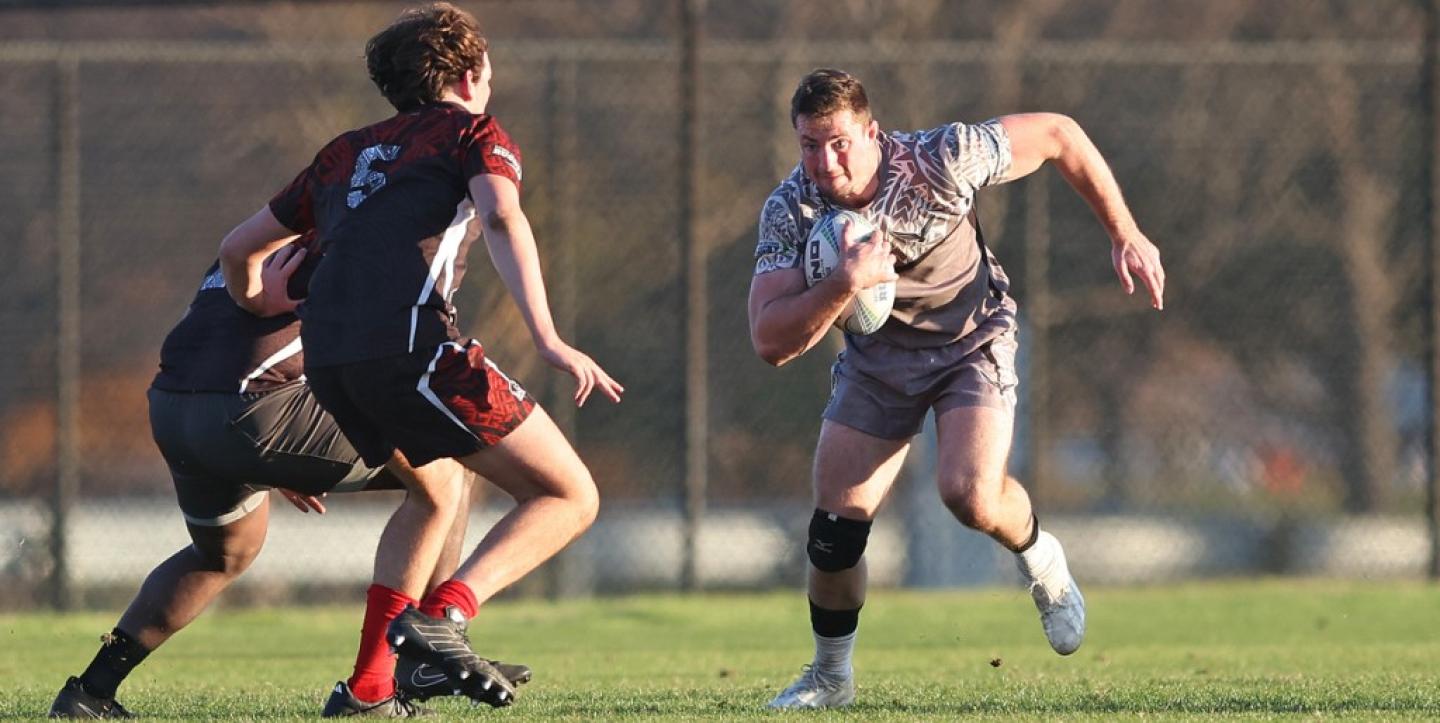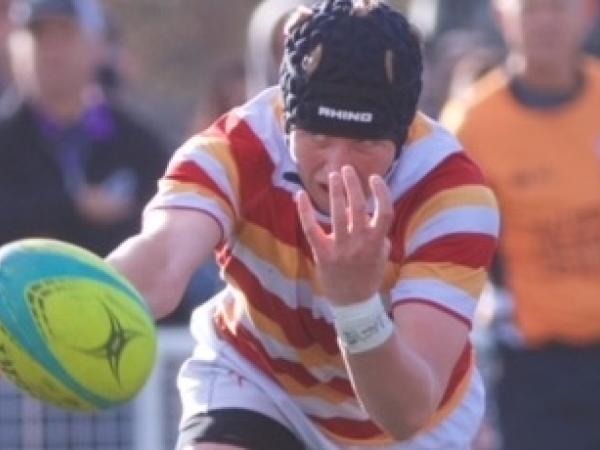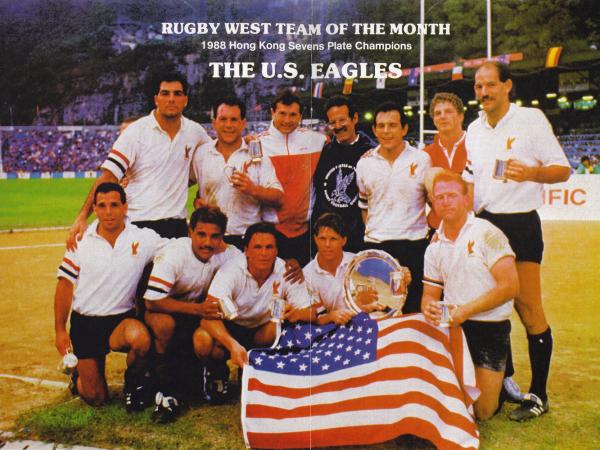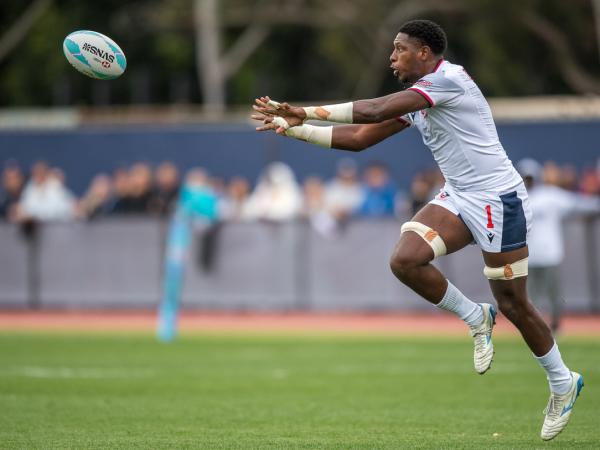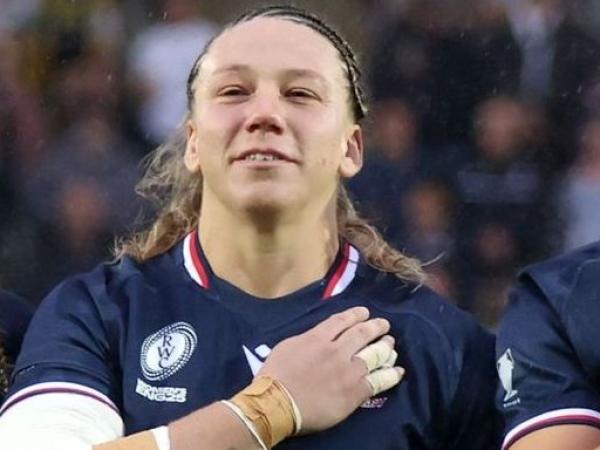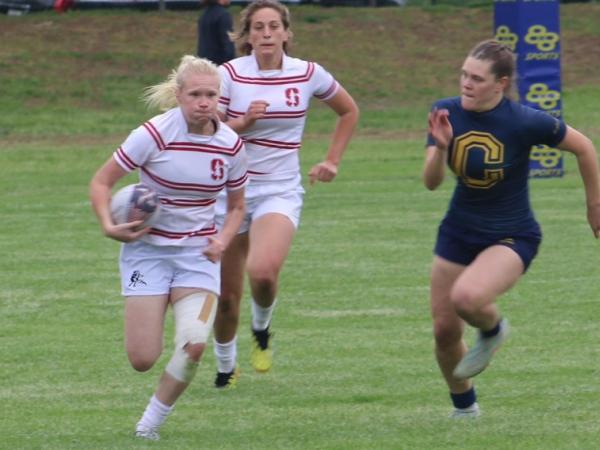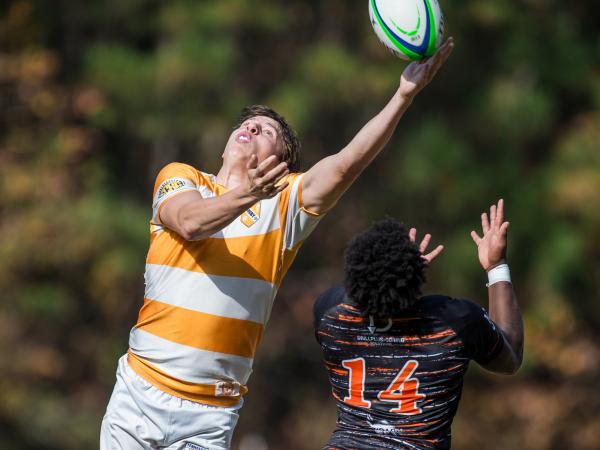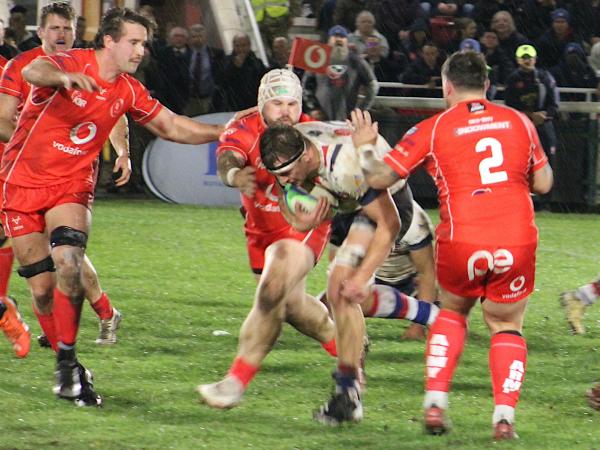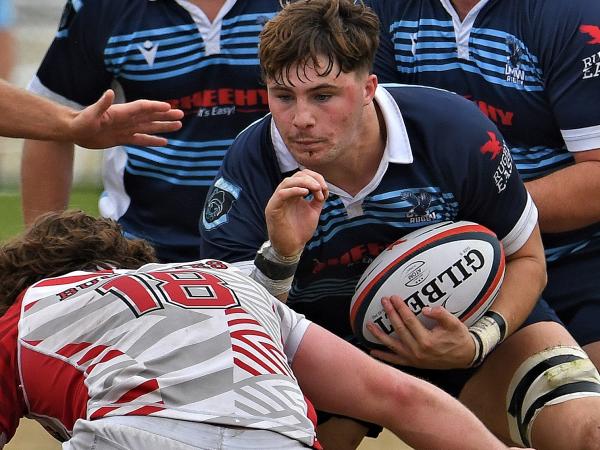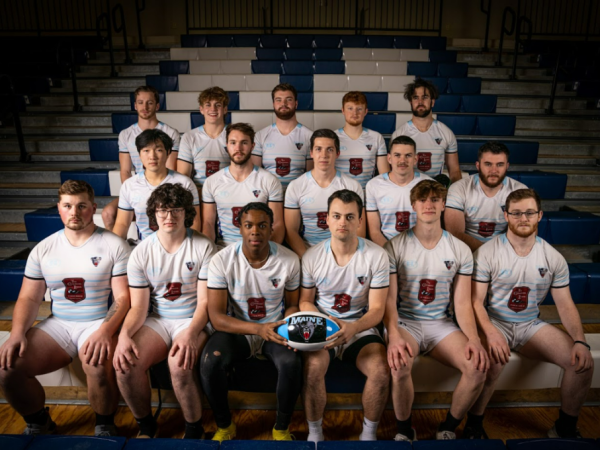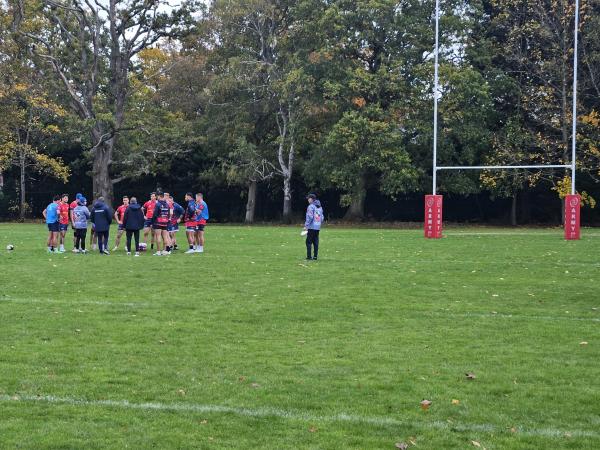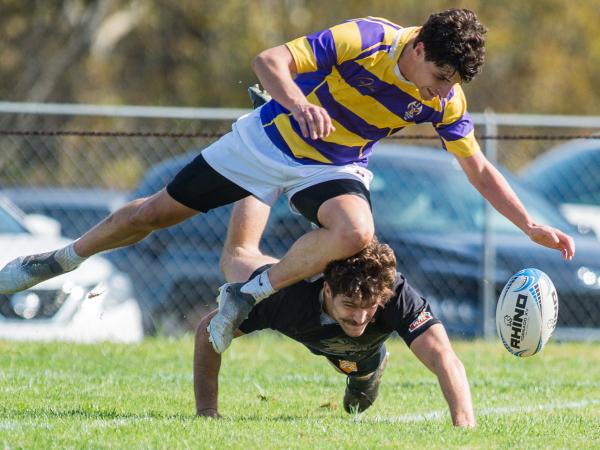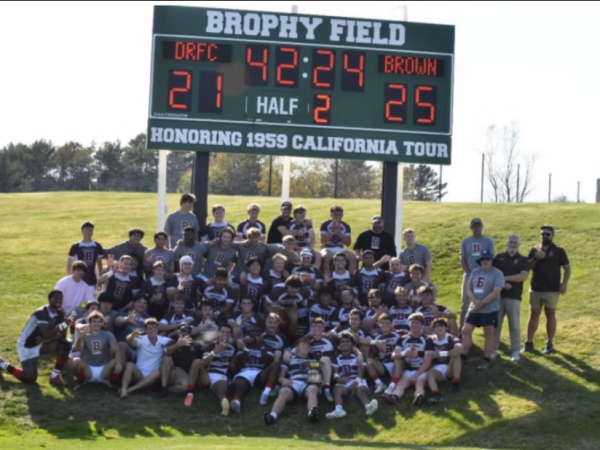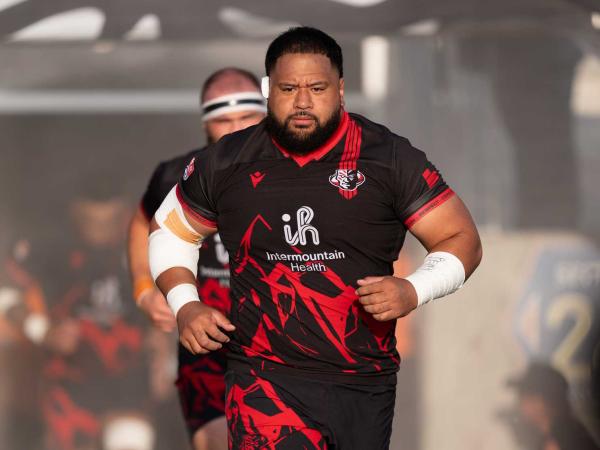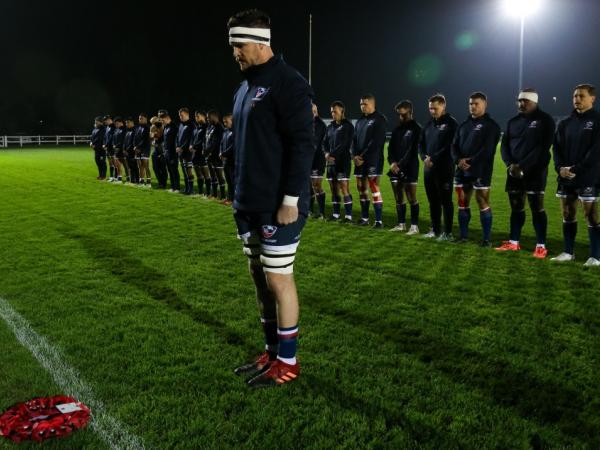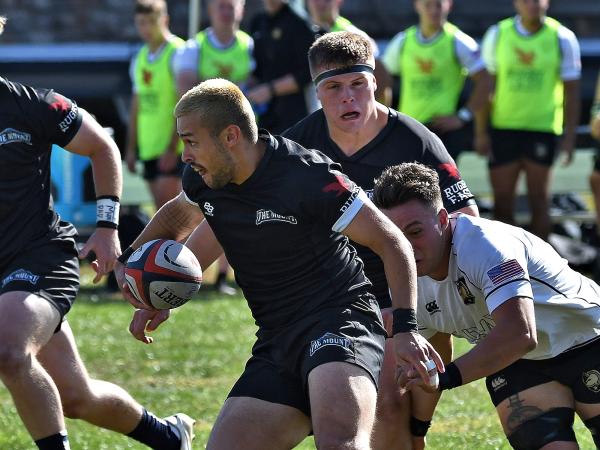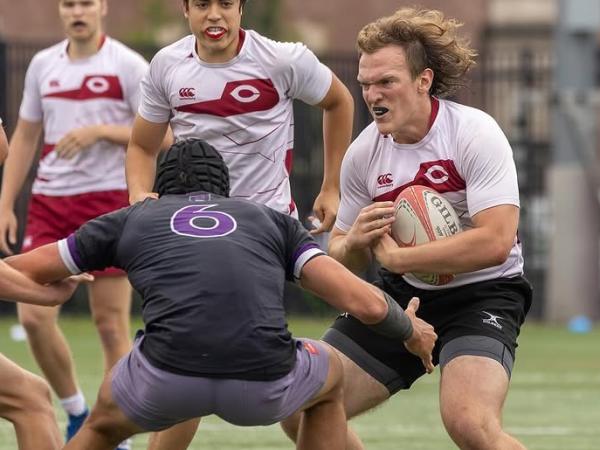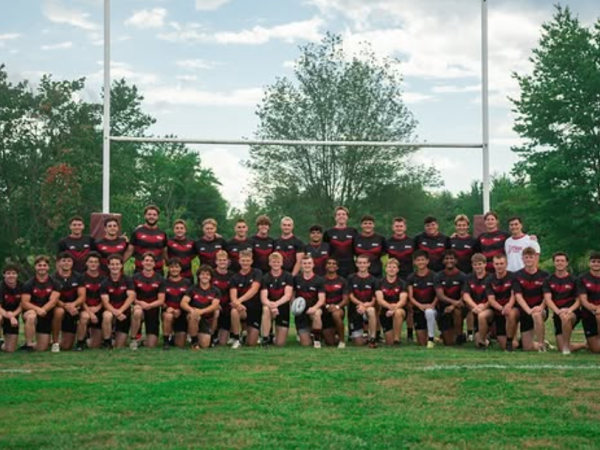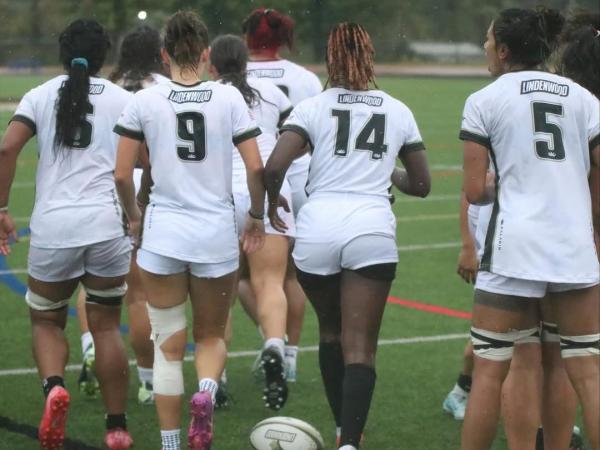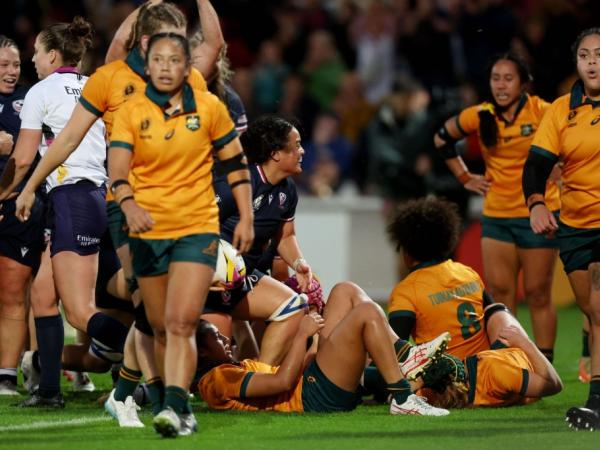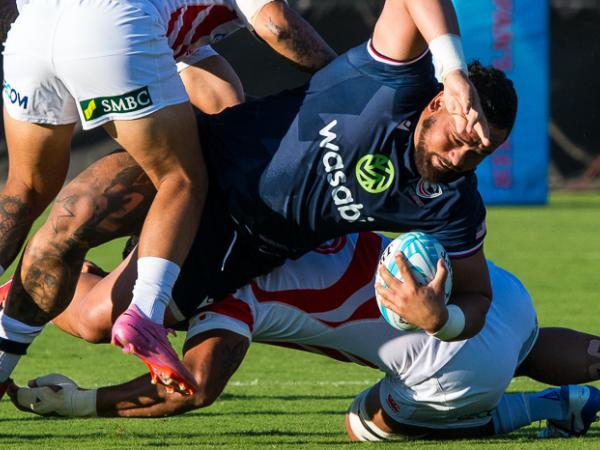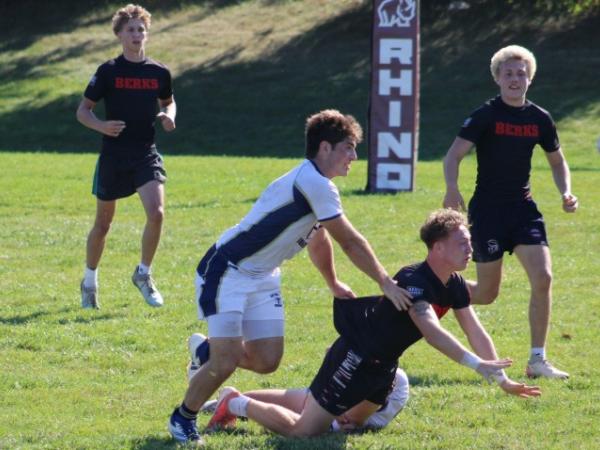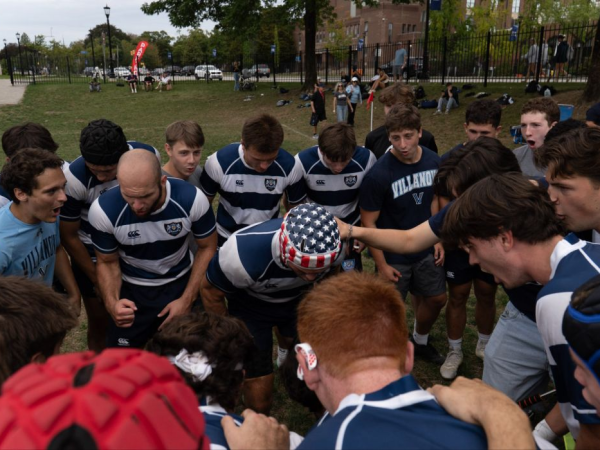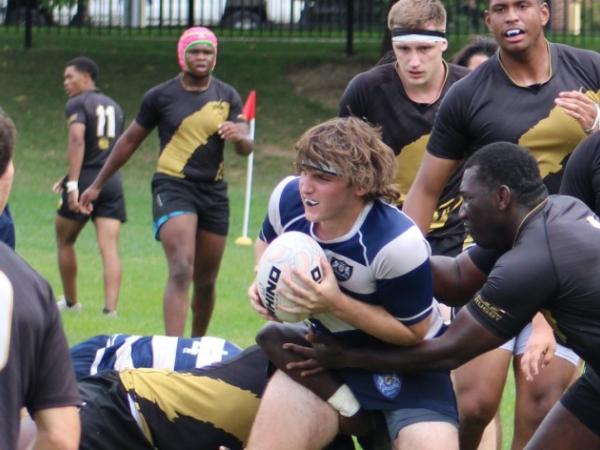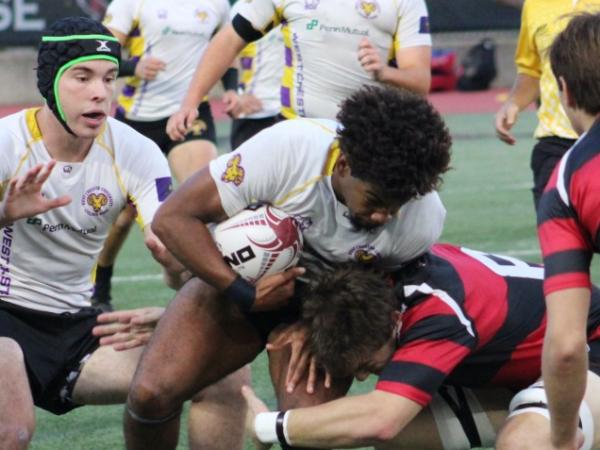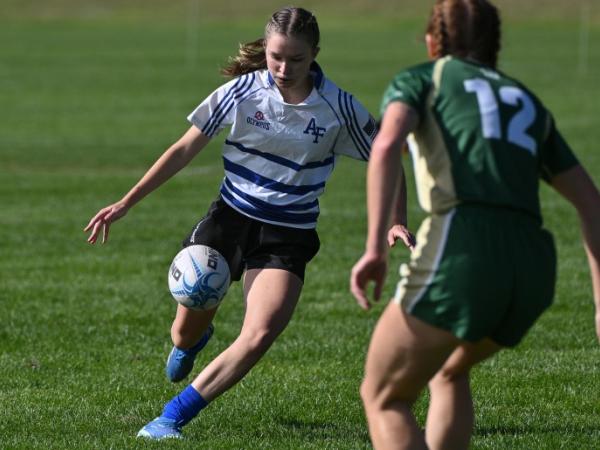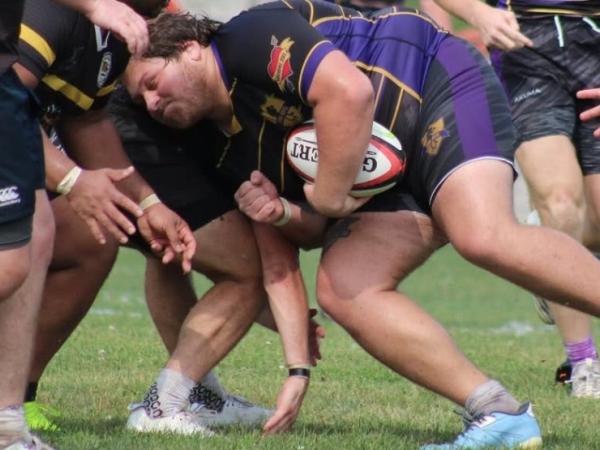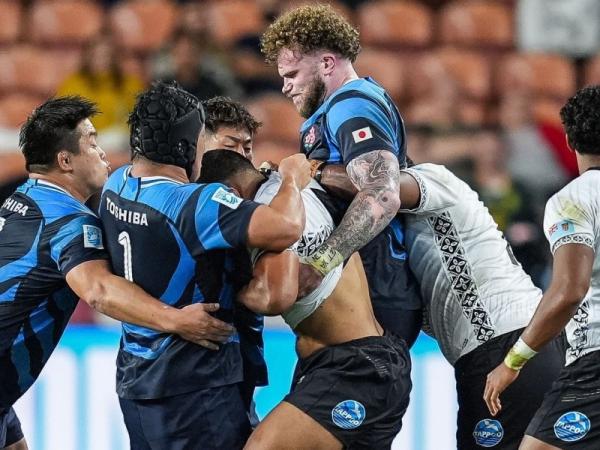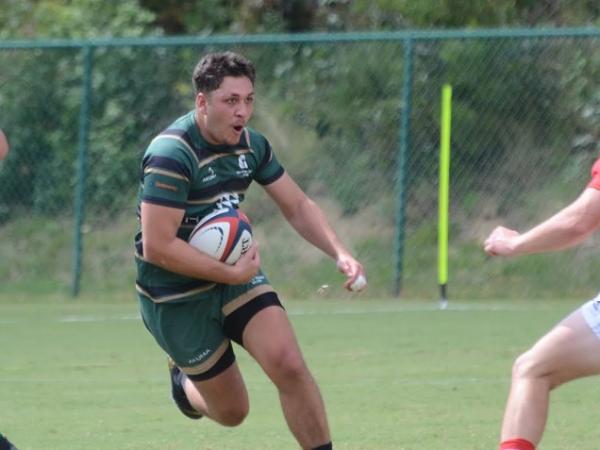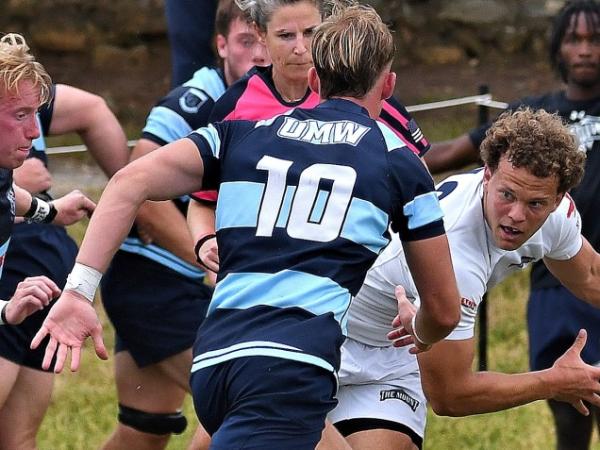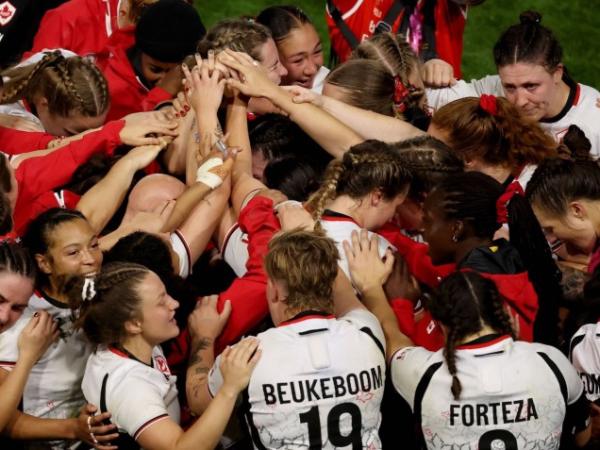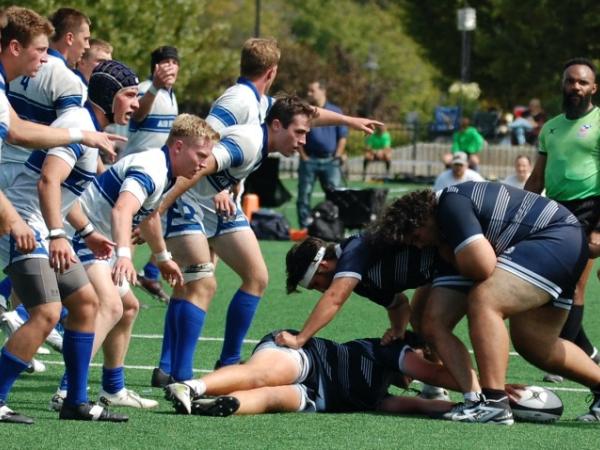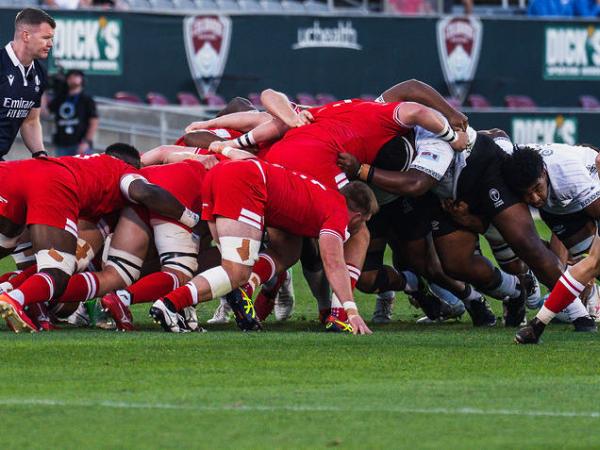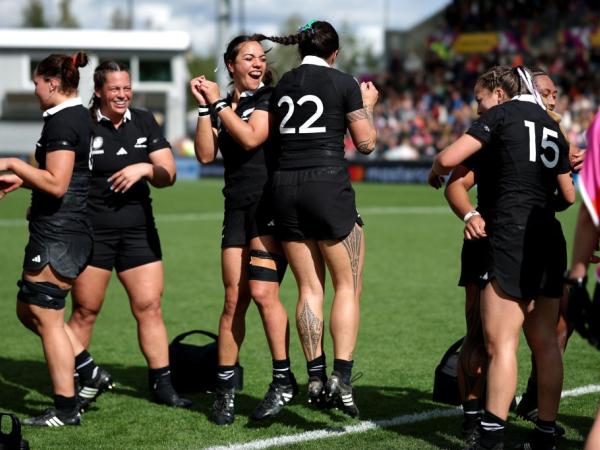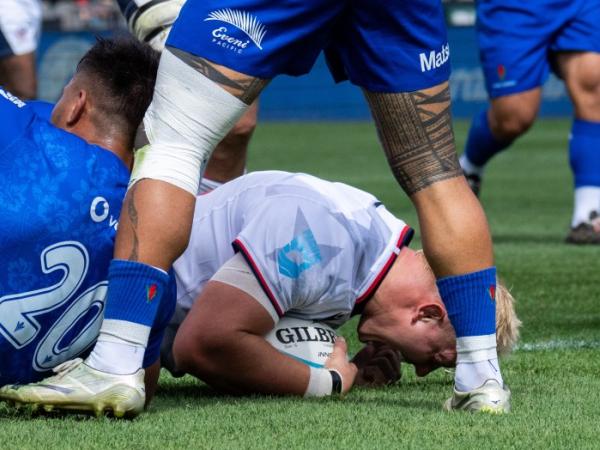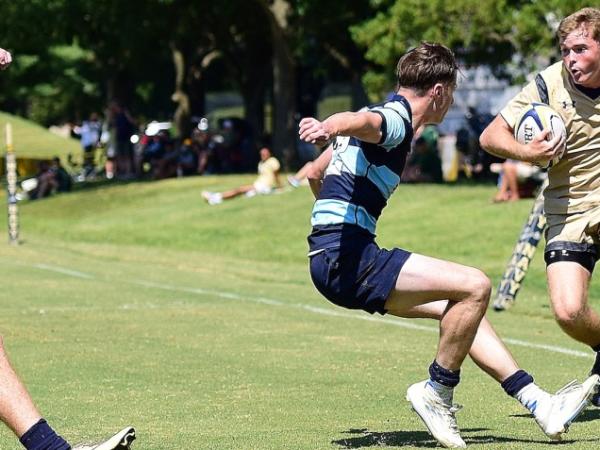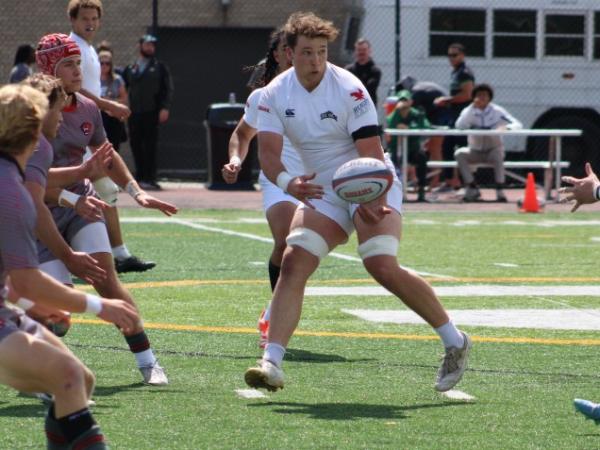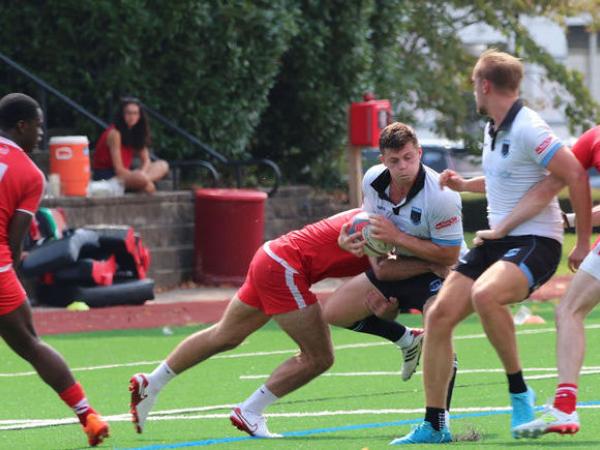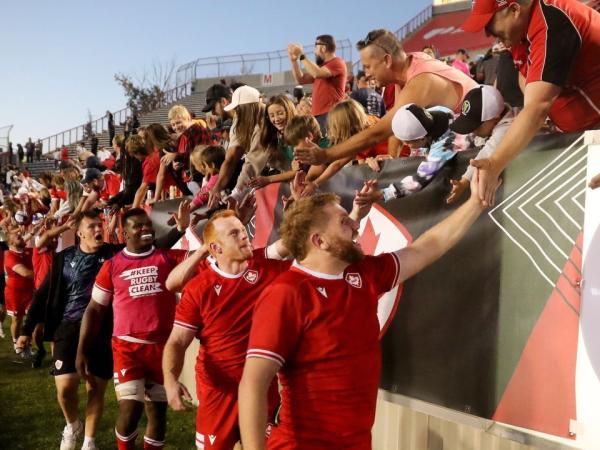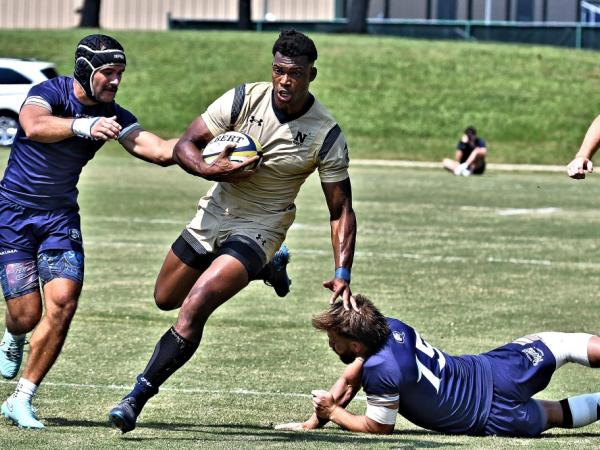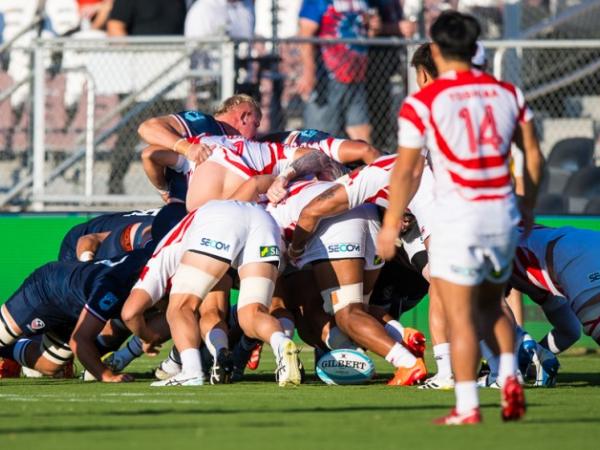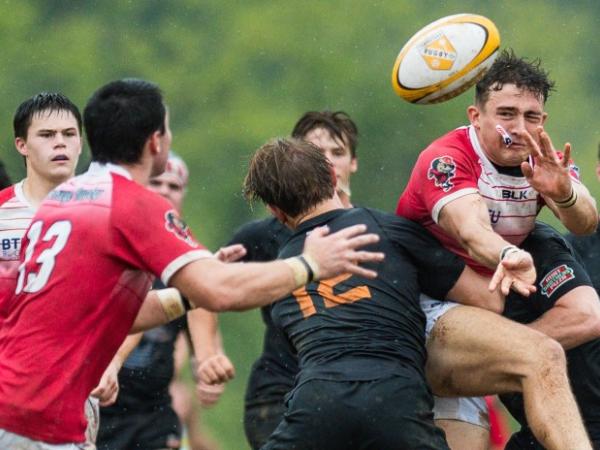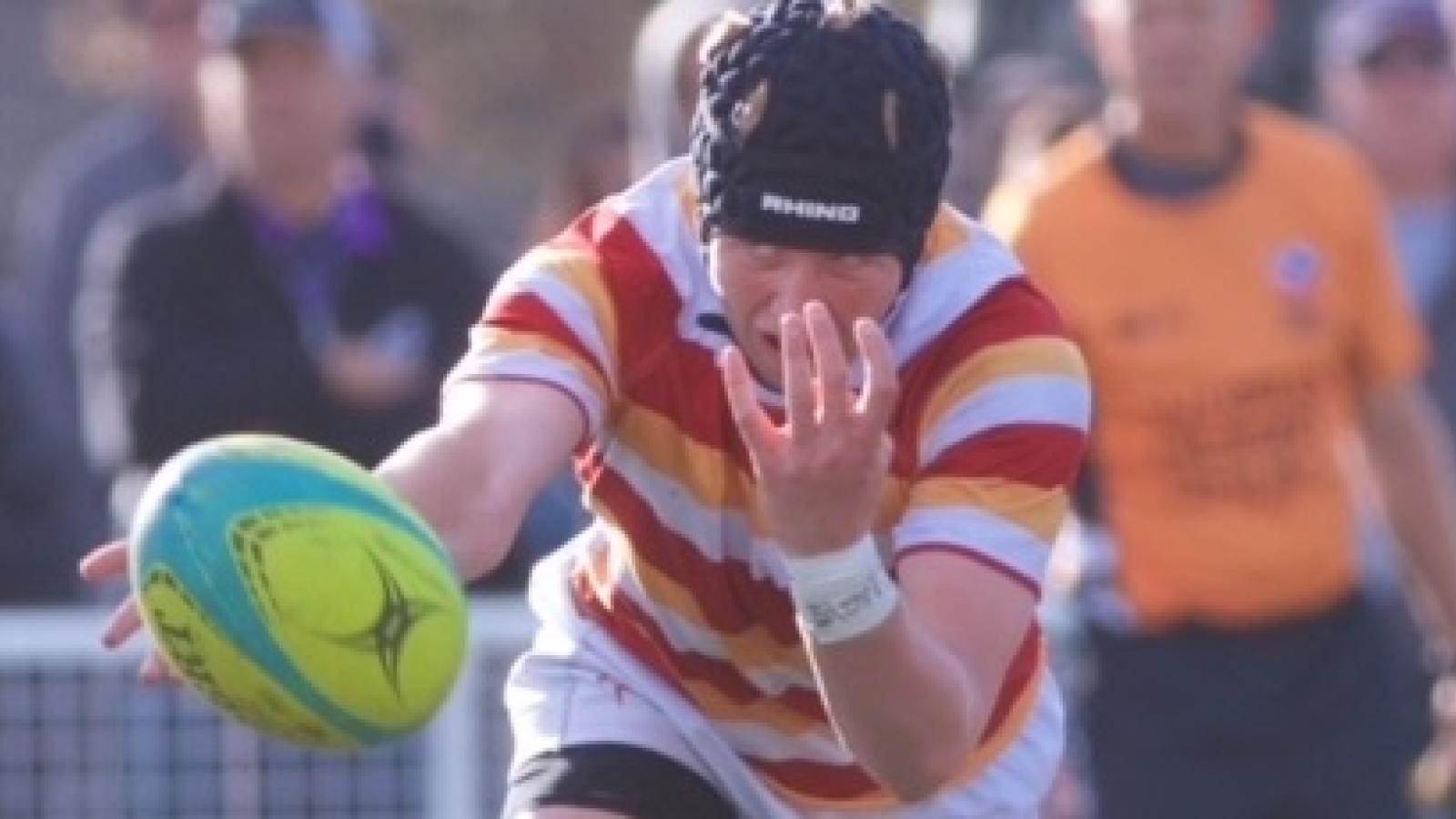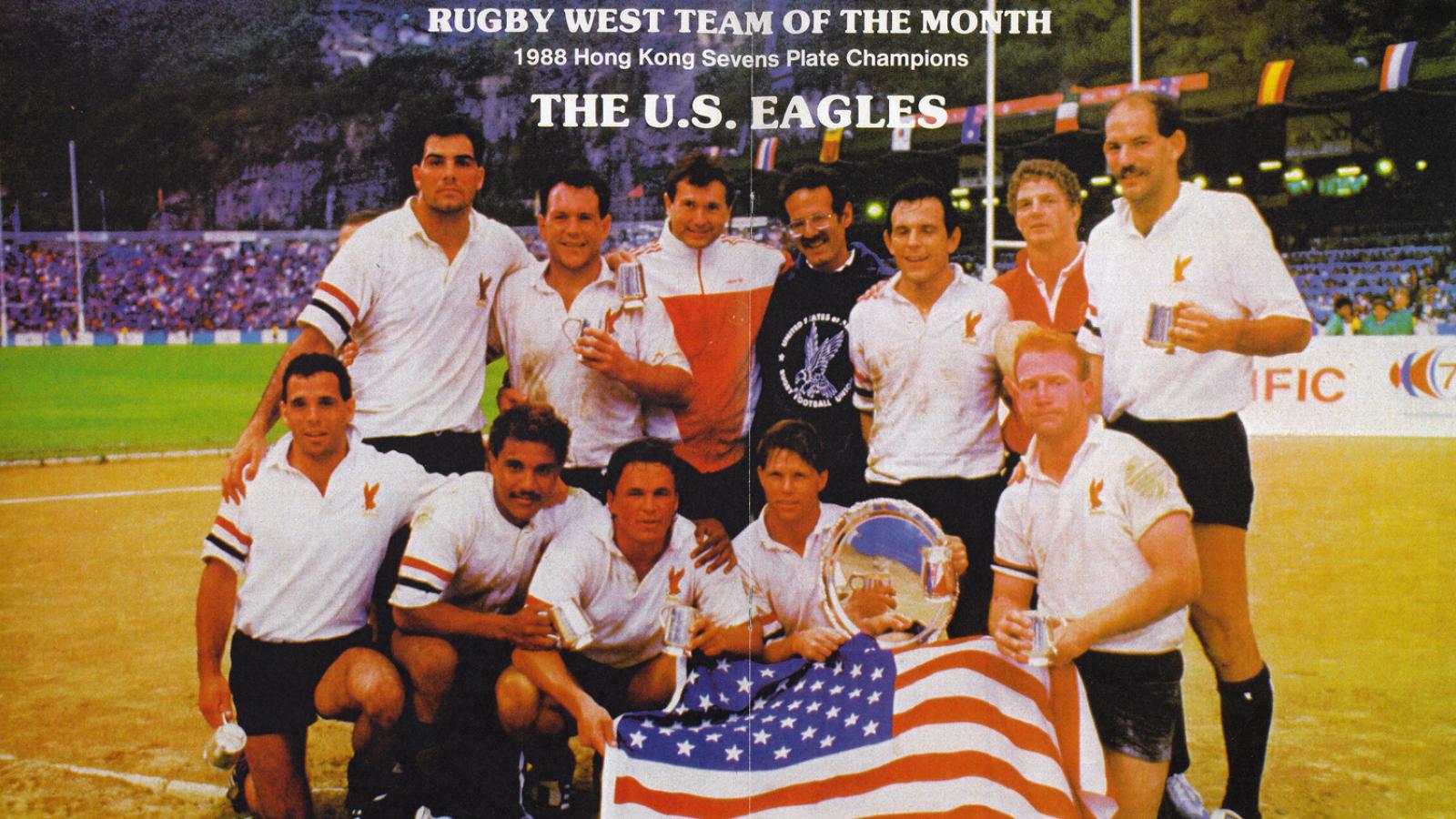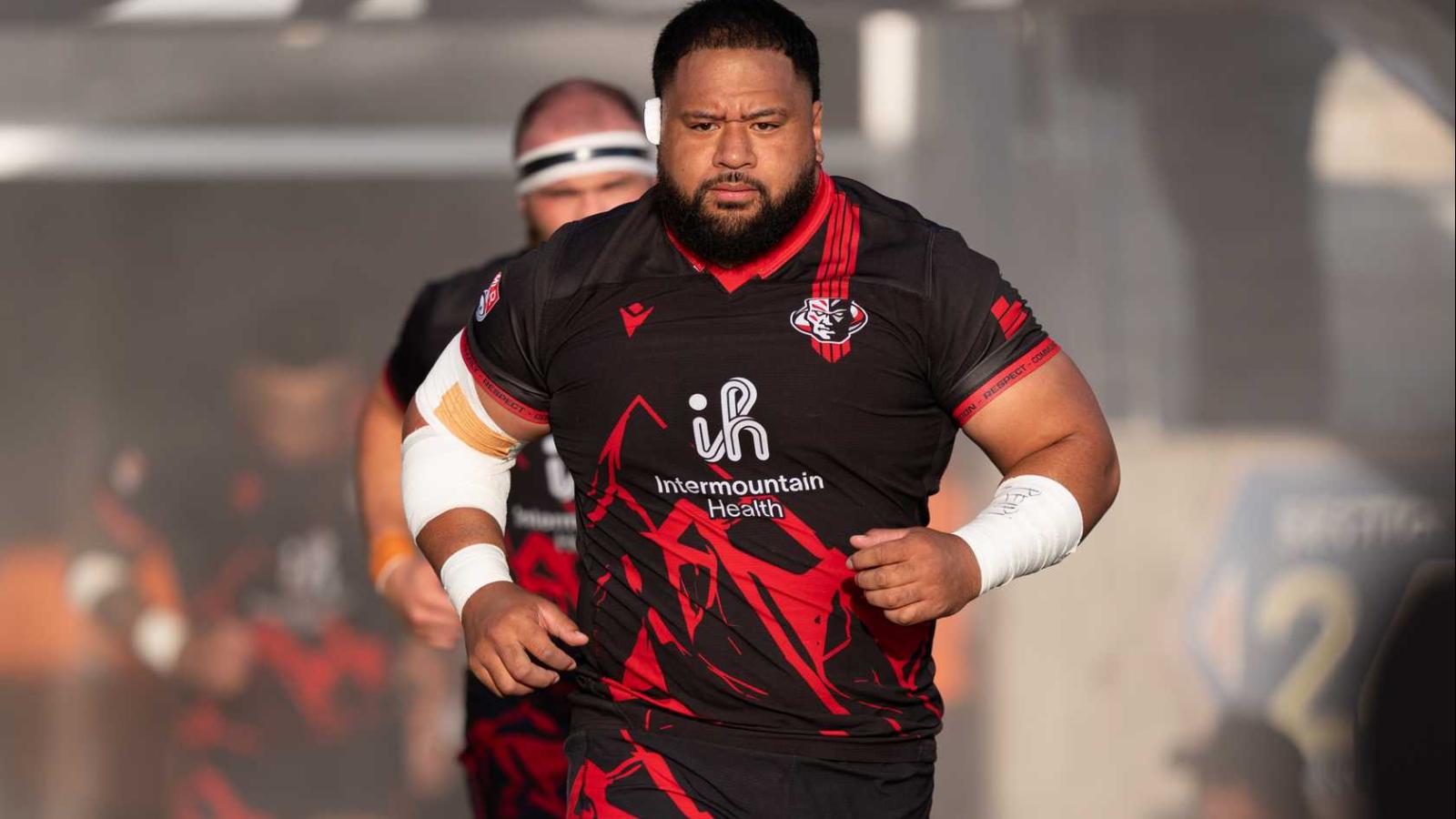NCR All-Star teams converge on Atlanta to see who can topple defending men's all-star champs Great Lakes this weekend.
Eight teams in two pools of four will play as many as six shortened games over the course of two days. It's a demanding schedule—three shortened pool games on Saturday, a quarterfinal and semifinal on Sunday, and also then the final and the 3rd-4th match for anyone who makes the semis.
As a result, depth is a crucial factor in success.
Great Lakes won the 2024 tournament, but the New England Independents were winners the two tournaments previous to that. New England, which represents probably the densest area of college teams, always fields two teams in the competition, and even brings a Rising Stars team to that tournament.
The teams are a mixture of NCR D1, D1AA, D2, and D3 players. A couple of squads have brought in players from CRAA teams to bolster their numbers, but, as we all know, at the rugby-playing coal face in some regions, that distinction doesn't mean a whole lot.
The mix of divisions varies from team to team.
Great Lakes: 17 NCR D1 players; 8 D1AA players
Mid-Atlantic: 3 NCR D1 players; 15 D1AA players; 5 D2 players; 5 D3 players
Midwest Barbarians: 9 NCR D1 players; 5 D1AA players; 9 D2 players; 4 D3 players
New England Independents Red: 17 NCR D1 players; 4 D1AA players; 2 D2 players; 2 D3 players
New England Independents White: 3 NCR D1 players; 8 D1AA players; 11 D2 players; 3 D3 players
Pacific Coast Grizzlies: 4 NCR D1 players; 8 D1AA players; 10 D2 players; 6 D3 players
Southeast Bears: 8 NCR D1 players; 13 D1AA players; 5 D2 players; 2 D3 players
Tri-State Foundry: 20 NCR D1 players; 4 D1AA players; 2 D2 players
This reflects in part what divisions the colleges in the region are in. It's not, however, an indication of whether a team will be stronger. Tri-State has the most players from NCR's D1, but their best player may well be from D2 RPI. In the end, it's about depth and how everyone comes together.





